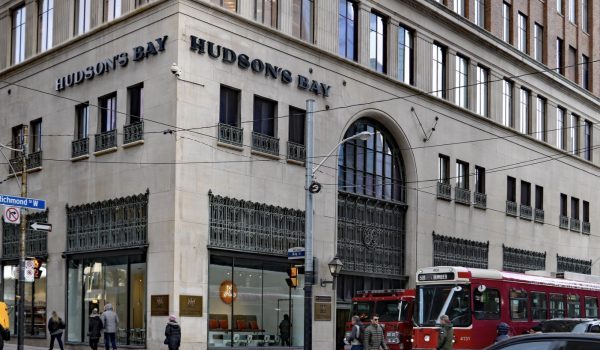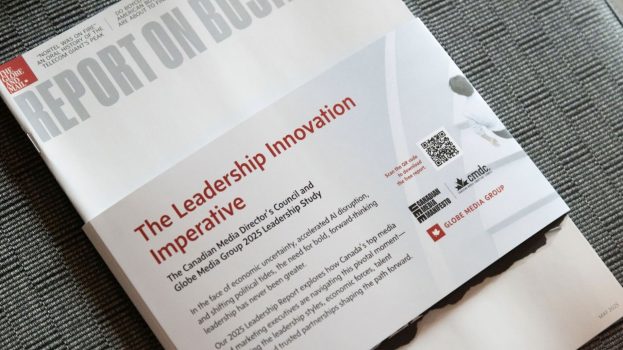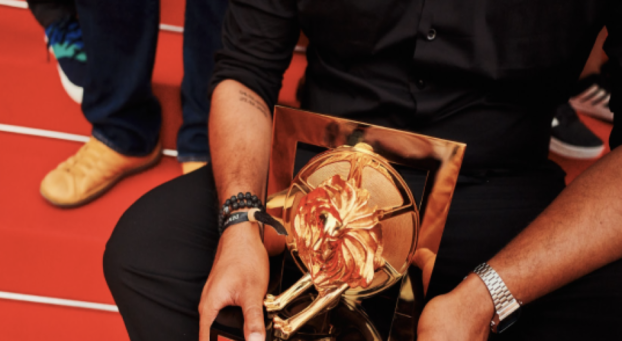If it’s something parents wear, you can rest assured that it has little appeal to the young.
So when Levi Strauss & Co. launched its Engineered Jeans line (LEJ) last year, its first priority was to convince cool Canadian kids – the fashion-conscious early adopters – that the Levi’s brand doesn’t begin and end with the 501s dad wears to clip the hedges.
The company needed to create something that used to be considered almost impossible to manufacture – street credibility. These days, of course, PR practitioners and clients alike know that coolness can indeed be generated from head office. This is when PR professionals are expected to go beyond the traditional means of relationship building and hit the streets.
But youth marketing experts remind us time and again that, more than any other group, young consumers are hyper-aware of being marketing targets. That’s why viral marketing in its purest form – creating a potent mix of messages and letting them spread throughout the ‘influencer’ group – can make so much sense. And that’s what Levi’s decided to do with LEJ.
‘It was all about trying to create some coolness and enthusiasm for a brand that has become somewhat mainstream,’ says Jane Langdon, president of Langdon Starr Ketchum, the public relations firm that handled the LEJ program.
The PR firm developed a multi-faceted strategy that began with the traditional step of getting the product out to fashion magazines and pitching the clothes for fashion shoots. While females are happy to look at fashion magazines for inspiration, however, males will instead turn to entertainers for their fashion cues, says Langdon.
So the firm moved into a ‘feeding’ program that tapped into the youth obsession with music. The program entailed 30 influencers seen to encompass the streetwear style – such as MuchMusic VJs and members of popular bands – wearing the clothes during concerts, in music videos and in celebrity interviews – exactly the sorts of things the target group was watching.
The next step was organizing LEJ dance troupes for Montreal, Vancouver and Toronto. The five-member crews, dressed in LEJ and carrying ghetto blasters, would randomly perform short hip hop dance shows in places where youth are likely to hang out, such as malls, club and movie line-ups and popular street corners. Temporary tattoos, branded with the LEJ logo, were handed out to people at the scene.
In addition, the firm organized a launch party at a downtown Toronto club and, finally, went back to the traditional touch point – the fashion media – to generate more promotional excitement. This all took place over a matter of several weeks leading into the 2000 back-to-school season.
While Langdon won’t reveal the results of the program, she does say that several stores were sold out of product and there were waiting lists for certain pieces. Anecdotal evidence – in which kids were seen leaving a competing retailer to watch the dance crew before then heading into a Levi’s store – can’t be discounted either, she says.
This example illustrates the growing need for marketers – and the subsequent increase in responsibility for public relations professionals – to understand what drives coolness in the eyes of youth. And viral marketing – using teens themselves to generate buzz – is key.
According to Langdon, the recognition that traditional media relations plays such a minor role in targeting this group has been the biggest learning curve for PR practitioners over the past several years. Quite simply, the old rules of PR – where frequency indicates efficacy – can be tossed out the window when trying to create buzz with the youth market. The selling of cool isn’t something that can be broadcast because that in itself immediately nullifies the cool factor. ‘It can’t be blatant,’ points out Langdon. ‘There needs to be a self-discovery aspect to it.’
Viral marketing is critical because kids respond to fads, says Johanna Hoffman, president of Buzz Marketing and Public Relations in Toronto. It used to be that these fads were random and had little to do with corporate strategy, she says. ‘Things like hula hoops and pet rocks got a life of their own.’ These days, it seems that everyone is interested in the idea of generating word-of-mouth without seeming to do so.
But the border between traditional public relations and street relations can be fuzzy, she says. A PR firm has to work hard to erase itself from the picture. ‘It’s really tricky.’
Hoffman worked on the launch of Chupa Chups into the U.S. market. While there was some traditional advertising, the thrust of the program lay with PR. Buzz came up with a list of critical events in New York City, L.A. and Miami – three cities rich with underground scenes that dictate the next fashion waves. The lollipops were not merely to be viewed as candy – but as fashion accessories, says Hoffman.
Buzz also set up an alternative distribution system, targeting retailers and clubs that came across as funky or cool. If people with green hair were hanging out at a tattoo shop, it would be seen as the ideal retailer for Chupa Chups, according to Hoffman. ‘The idea behind the campaign was to try to create a trend that rises from the underground,’ she says.
Besides standing outside tattoo shops, however, how can PR firms target these so-called connectors?
It’s not easy, says Marion Mackenzie, senior vp of GCI in Toronto, which counts Mattel, Nintendo and Durex condoms among its clients. (GCI also currently boasts an in-house book club that is reading…what else? Malcolm Gladwell’s The Tipping Point: How Little Things Can Make a Big Difference.)
While PR practitioners have long used the influencer model where a premise is communicated to the key decision-makers and spun out from there, it’s not as simple to identify the influencers in Canadian youth as it is in, say, pharmaceuticals. ‘Within any community or high school, there are people who are definite influencers and leaders,’ says Mackenzie. ‘But it’s a challenging proposition to reach them in a credible way.’
To get beyond commodity and into style for client Durex, the firm organized a partnership with Wide Mouth Mason where the Canadian band went on tour to university campuses in a painted sperm bus. ‘We wanted to create the cool factor,’ says Mackenzie. And, while humour was key, there were no over-the-top product promotions, she says. ‘It wasn’t ‘Buy Durex condoms’ because that wouldn’t work with that market.’ The result was a spike in sales and a lift in brand awareness, she adds.
Globeandmail.com’s campus division was also interested in spreading the word about its site last year and did a number of things at campus level to promote the brand. One significant program was for the Vanier Cup where PR firm Environics created team pennants that were handed out to audience members. It arranged for a photographer to take digital photos of several students with the signs, says Nancy Evans, VP of Environics. The students could then go online (they were instructed to do so on the signs) and vote for their favourite photos; the winner received $500. Because the plan was to get the most dynamic photographs, Evans says the pictures tended to feature the so-called leaders. ‘They were the most outgoing among the students.’
There was an online viral marketing component to the site, as well, says Evans. The students could send daily e-greetings to each other to enter a contest in which they could win a trip home for the December holidays.
Under-the-radar marketing tactics like this make sense for this group, Evans says, because they’re generally cynical when it comes to more traditional marketing avenues. And, intuitively, it can be argued that this group is more social and likely to spread the word if given the chance: ‘I think any approach that’s inclusive, gives them something they can use (if they accept it), and allows them to spread the word to their friends is very effective.’























